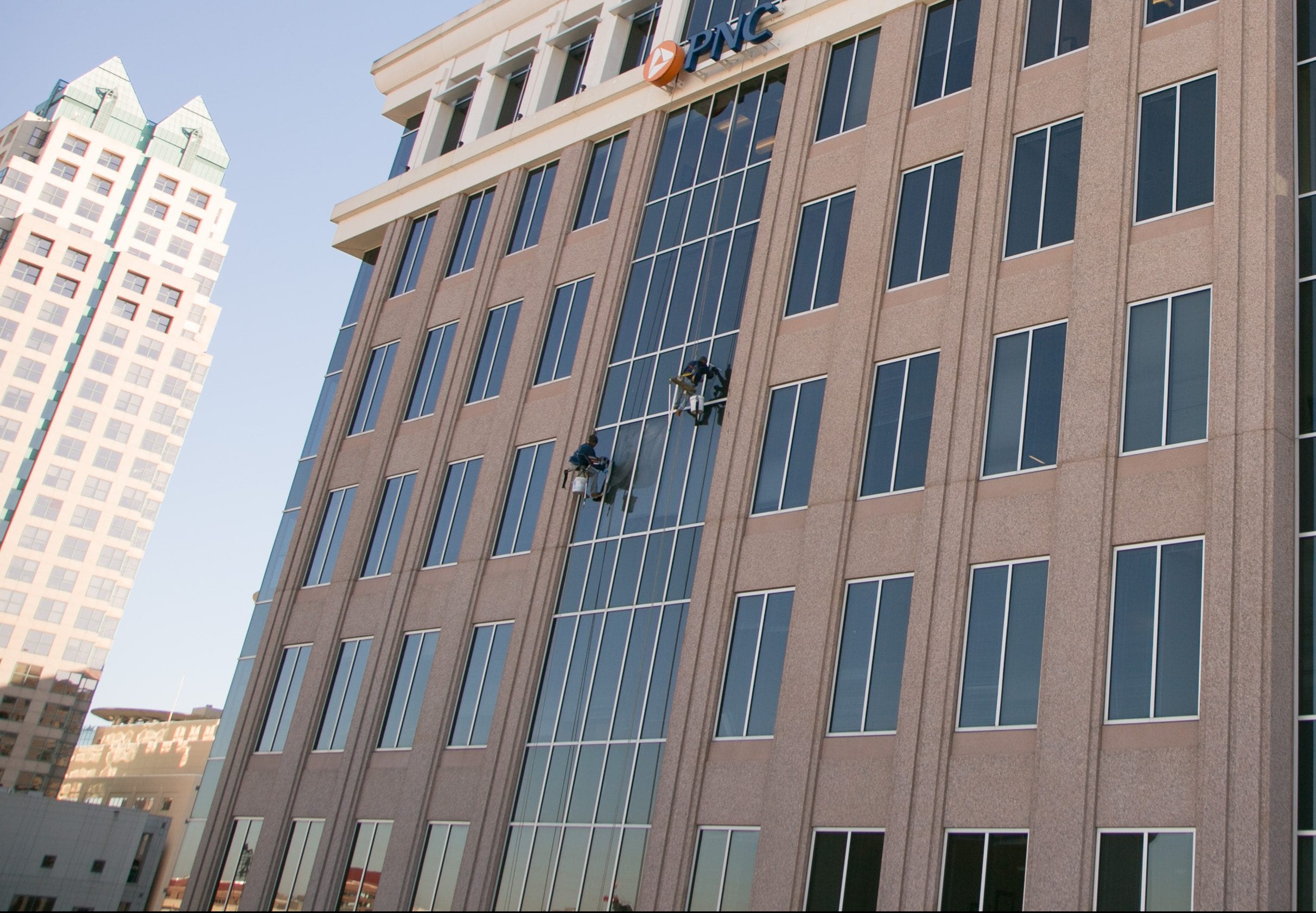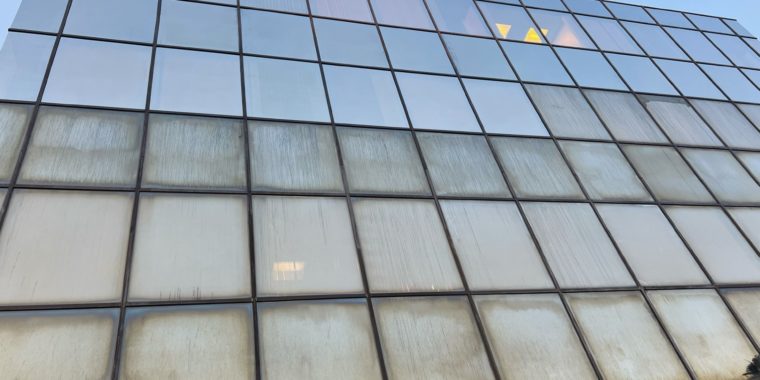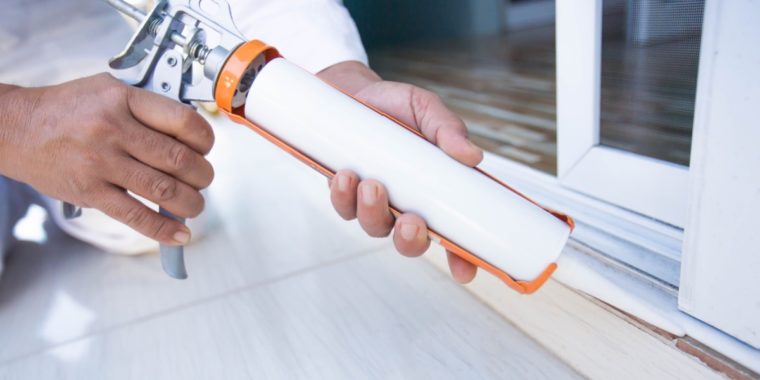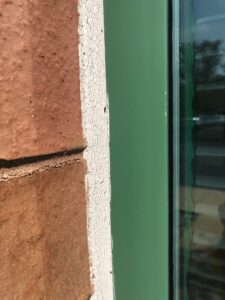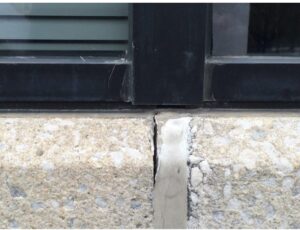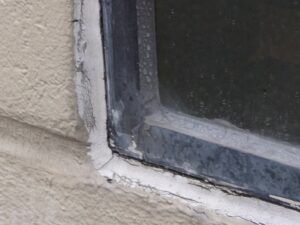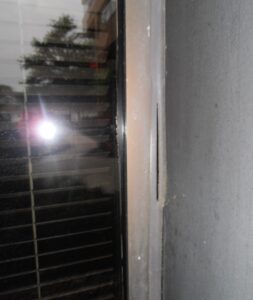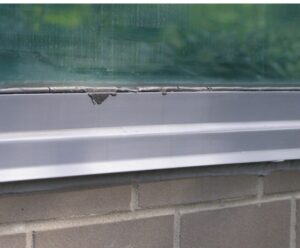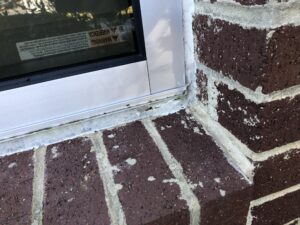Leap year provided us an early spring this year, while the “prognosticator of prognosticators,” Punxatawney Phil, all but guaranteed it. With spring comes the welcoming, warm weather, losing an hour of sleep due to daylight savings time, and possibly even more when we realize it’s also time for spring cleaning.
For commercial property owners, spring brings about the opportunity to get your buildings in tip-top shape in preparation for all that Mother Nature brings in beauty and beast. This article covers how a robust spring cleaning regiment fortifies your building against the upcoming seasonal challenges.
The Power of Spring Cleaning
The concept of spring cleaning dates back hundreds of years, if not more, and is steeped in cultural tradition. As a long-standing tradition, spring cleaning presents the perfect opportunity as the temperatures get warmer, the days get longer, and nature awakens from its slumber to restore your building’s shine.
The building’s exterior is the first thing people notice, and a well-maintained facade can significantly enhance the building’s curb appeal. Spring cleaning improves the overall appearance and hygiene of your building by removing accumulated dust, dirt, and other debris. While the act of cleaning itself positively impacts health and well-being, it also affects the health and morale of occupants. As a building owner, checking off your spring cleaning list provides a sense of accomplishment and instills confidence that your tenants are taken care of.
If you don’t have a spring cleaning checklist, start with an assessment of your property to uncover what areas most need attention. Sidewalks, parking garages, windows, and parking decks are a few of the most common areas to review during your assessment. This is also an excellent time to work with your building services provider to check sealants for signs of wear and the facade for damage. Spring cleaning and proactive maintenance are your best line of defense and offense for upcoming seasonal challenges.
Pollen Impact and Preparation
Itchy eyes, runny noses, and sluggish feelings are just a few symptoms people struggle with as spring flowers bloom. Pollen doesn’t just wreak havoc on those with allergies. If left unabated, pollen can affect indoor air quality. Pollen can pile up on parking decks, walkways, and other exterior surfaces, making your building look dingy and neglected. Pressure washing and window cleaning, can rid your building of its coat of pollen.
Bracing for the Buzz: Pre-Spring Pest Prep
Pollen isn’t the only thing that emerges around springtime. This year experts predict what they call a double brood event of cicada emergence, producing billions of noisy creatures. While cicadas aren’t quite the nuisance to building owners that, rodents, roaches, and bedbugs are, their emergence will leave behind carcasses and attract predators sure to leave their mark. Birdproofing and a proactive approach to spring cleaning and maintenance is your first line of defense in ensuring your building is well-protected from pests.
Spring Into Action With Proactive Maintenance
Both spring and fall present opportune moments to spruce up your building and remove the remnants of the previous season. Just past the winter thaw and before the full brunt of the summer heat is perfect for comprehensive window cleaning. Professional window cleaning services don’t just remove superficial dirt, they take care of pollen, bird droppings, and smudges and streaks. This is essential in preventing build-up on your windows that can deteriorate their quality over time. When that happens, returning your windows to the ideal condition requires more extensive efforts including deep cleaning, restoration, or even full replacement.
Other common areas, like parking decks and walkways, are equally important in spring cleaning. These high-traffic areas bear the brunt of daily traffic and the harsh summer and winter environments. Using a scrubber or pressure washing these surfaces removes residue from ice-melt treatments and other contaminants. Pressure washing can remove mold growth from walkways common during the rainy season and a potential risk for slips and falls. This paves the way for a safer and aesthetically pleasing building and campus.
Make Spring Cleaning a Breeze with A1 Services
Through spring cleaning and preventative maintenance, you can avoid costly repairs and replacements, significantly boost tenant satisfaction, and, ultimately, enhance your property’s value. A1 stands at the forefront of preserving and elevating commercial properties with an unwavering focus on safety and customer satisfaction.
By entrusting your property to A1, you choose a partner dedicated to maintaining its aesthetic appeal and structural integrity. Contact A1 today to see how our range of services, from cleaning facades to large-scale restoration projects, ensures that your building not only withstands the tests of time and nature but also thrives.

